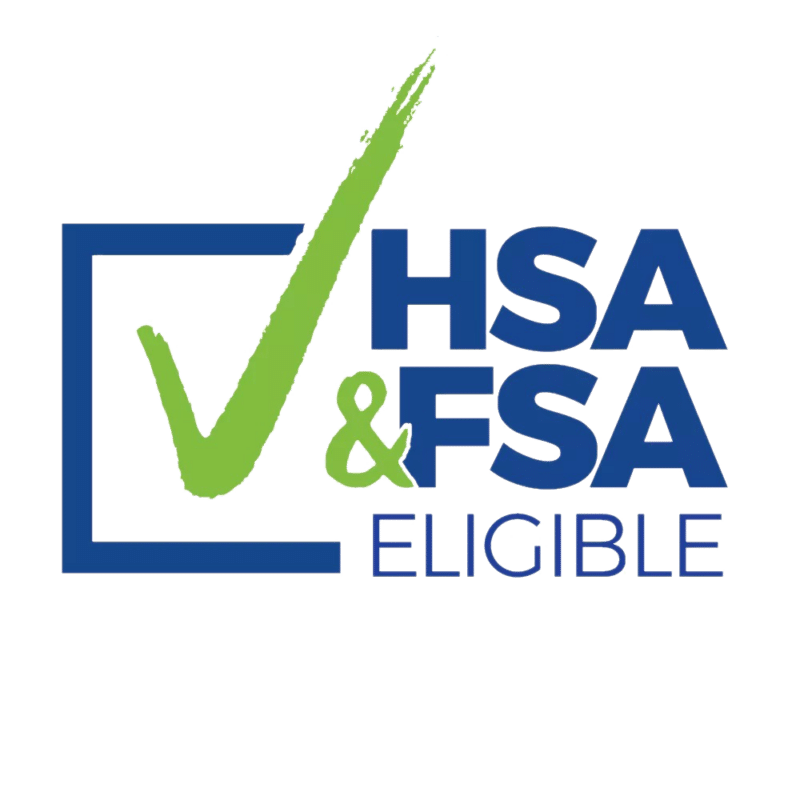AED's
Why Every Home and Business Should Consider an AED Defibrillator: A Complete Buyer’s Guide
When sudden cardiac arrest strikes, every second matters. It can happen anywhere—at home, in the office, in a gym, or even while someone is walking down the street. In those critical moments, an AED defibrillator (Automated External Defibrillator) can drastically increase a person’s chance of survival. Because of this life-saving potential, more families, workplaces, and community centers are choosing to purchase an AED as part of their emergency preparedness plan.
If you’re reading this, you’re probably wondering whether you should buy an AED, how it works, and what to look for in a reliable device. This guide breaks down everything you need to know in an engaging, easy-to-understand way—perfect for first-time buyers or anyone researching AED options.
What Is an AED Defibrillator?
An AED (Automated External Defibrillator) is a portable device designed to help someone experiencing sudden cardiac arrest by delivering controlled electrical energy to the heart. While hospitals and ambulances use professional-grade defibrillators, AEDs are designed for everyday people. They use built-in sensors and voice prompts to guide the user through the process in a calm, simple manner.
Modern AEDs are incredibly intuitive. The device analyzes the heart rhythm on its own and determines if a shock is needed. If not, it simply instructs the user to continue following the prompts. This makes AEDs safe, accessible, and easy for non-professionals to use.

Why Buying an AED Is Becoming More Common
Cardiac arrest is a leading cause of unexpected emergencies. According to global health statistics, sudden cardiac arrest affects more than 350,000 people per year outside of hospitals, and a significant percentage occur in homes or public spaces where immediate professional help is not available. Emergency response times vary widely, and even a few minutes of delay can greatly impact outcomes.
This is why more organizations—and increasingly, individuals—choose to purchase AEDs. With the device nearby, help can begin instantly while emergency services are on the way. It’s a proactive, practical tool that provides peace of mind and strengthens safety preparedness.
How an AED Works (Beginner-Friendly Explanation)
Even though AEDs are high-tech devices, the way they work can be explained simply:
- Pads attach to the chest: The AED is designed to guide you through this step using illustrations and voice instructions.
- AED analyzes the heart: Sensors read the rhythms and determine whether defibrillation is appropriate.
- Shock delivered only if needed: The AED either automatically gives the shock or tells you when to press the button.
- Voice instructions continue: The device maintains guidance until emergency responders take over.
There is no guesswork required, and the AED cannot deliver a shock unless it detects a rhythm that the device is designed to treat. This makes the technology extremely safe for general public use.
Where AEDs Are Commonly Installed
AEDs are becoming increasingly visible in:
- Gyms and fitness centers
- Schools and universities
- Offices and corporate buildings
- Airports and transit hubs
- Restaurants and retail stores
- Community centers and churches
- Homes caring for individuals with known heart conditions
Buying an AED brings an added layer of protection to any environment—especially where people gather frequently or where response times may be unpredictable.
Key Features to Look for When Buying an AED
If you’re considering purchasing an AED, it’s important to understand the features that matter most. Below are the essential elements to guide your buying decision.
1. Ease of Use
For most buyers, an easy-to-use AED is the top priority. Look for:
- Clear audio prompts
- Visual diagrams
- Simple one-button or two-button operation
- Automatic rhythm analysis
Some devices even offer video screens that guide the user step by step.
2. Maintenance Requirements
Every AED requires occasional maintenance, but some devices are more convenient than others. Features like self-testing, long-lasting batteries, and status indicators make ownership simple and stress-free.
3. Battery Life and Replacement Costs
AED batteries typically last several years, but it’s wise to choose a model with:
- Long battery longevity
- Affordable replacement parts
- Easy-to-order supplies
Some AED brands bundle pads and batteries into single maintenance kits for convenience.
4. Pad Type and Shelf Life
AED pads come in adult or pediatric versions. If you are installing an AED in a home, school, or building with children present, choosing a device compatible with pediatric pads—or one with a built-in child mode—is extremely helpful.
5. Durability and Design
If you’re placing the AED in a busy environment, durability matters. Look for:
- Solid construction
- Water and dust resistance
- Shock-resistant casing
Many devices are specifically built to withstand harsh conditions, making them ideal for industrial sites, sports fields, or outdoor use.
6. Warranty and Support
A strong warranty gives confidence in your purchase. Many AEDs include warranties ranging from 5 to 8 years, and some manufacturers offer extended coverage.
Where You Should Install an AED
Once you purchase an AED, placement is key. It should always be:
- Highly visible
- Easy to access
- Located in a central area
- Near high-traffic spaces
In businesses or public buildings, wall-mounted AED cabinets ensure the device can be found quickly during an emergency. In homes, choose a central location and inform household members where it is stored.
Benefits of Owning an AED Defibrillator
1. Immediate Emergency Preparedness
Having an AED means you’re prepared to act quickly during sudden cardiac emergencies, even before paramedics arrive.
2. Peace of Mind
Many families purchase AEDs because they want confidence that help is available if a loved one has a heart condition or risk factor.
3. Increased Workplace Safety
Businesses often invest in AEDs as part of their safety compliance and employee wellness initiatives.
4. Community Responsibility
Sports clubs, churches, and community organizations often buy AEDs to protect members, visitors, and participants.
Common Questions Buyers Ask
Do AEDs require professional training?
Training is helpful but not mandatory. AEDs are designed so anyone can use them with spoken and visual instructions.
Are AEDs safe for non-professionals?
Yes. They analyze the heart rhythm first, and they cannot shock a person unless the rhythm meets specific criteria.
How much does an AED cost?
Prices vary based on brand and features, but AEDs generally range from mid-level budget options to advanced premium devices. Replacement pads and batteries are occasional maintenance costs.
How long do AEDs last?
With proper care, an AED can remain functional and reliable for several years, with periodic pad and battery replacements.
Final Thoughts: Is Buying an AED Worth It?
Purchasing an AED defibrillator is not just a safety decision—it’s an investment in readiness, confidence, and protection for the people around you. Whether for your home, workplace, fitness center, or community building, an AED adds a layer of emergency preparedness that can make a powerful difference in a critical moment.






